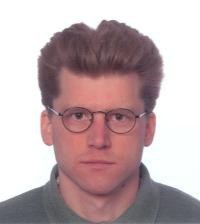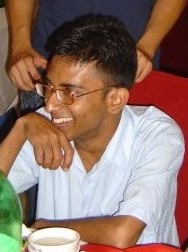
Dr Anna Heffernan, Advanced Concepts Team, European Space Agency
What led you into science and your chosen area of research?
I’ve always enjoyed Mathematics and learning about the world around me. General relativity allows us to use mathematics to probe the very space time in which we exist – I find this fascinating, and it means I also get to play with equations for a living.
What do you find most interesting about this subject?
The fundamental questions it both addresses and raises. I also like the idea that with the emergence of gravitational wave astronomy, general relativity will soon be used as a tool to explore our universe.
Can you tell us a little bit about the work in your thesis?
Sure, my thesis was on the self-force problem – this is when Continue reading





You must be logged in to post a comment.